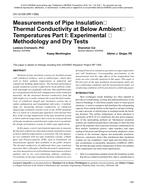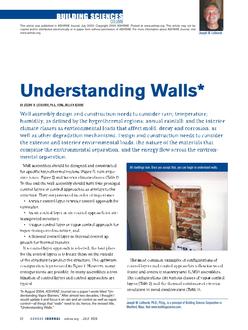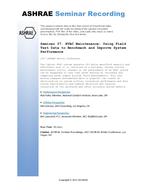This paper describes a prototype diagnostic system that automatically detects and diagnoses problems with outdoor-air ventilation and economizer operation in commercial buildings using data available from building automation systems (BASs). The system also provides context-sensitive suggestions for correcting the problems detected. The diagnostics are based on rules derived from engineering models of proper and improper air-handler performance. These rules are implemented as a decision tree structure in software. Data collected periodically from a BAS are used to navigate the decision tree and reach conclusions regarding the operating state of the air-handling unit (AHU). Errors and uncertainty in measured data are handled through adjustable tolerance settings in the diagnostic software. Results to date indicate that meaningful results can be obtained using this approach. The diagnostic system can be implemented for either continuous or batch processing of data. This system is currently installed on seven AHUs in two buildings. Four of the seven AHUs were found to have problems shortly after installation of the diagnostic system. The diagnostic methodology, its implementation in software, the field installations, and test results are described in this paper. The findings clearly demonstrate the potential for automated diagnostic technology to serve an important role in commercial building commissioning and operation.
Units: Dual
Citation: Symposium, ASHRAE Transactions, vol. 105, pt. 1
Product Details
- Published:
- 1999
- Number of Pages:
- 13
- File Size:
- 1 file , 610 KB
- Product Code(s):
- D-7569


